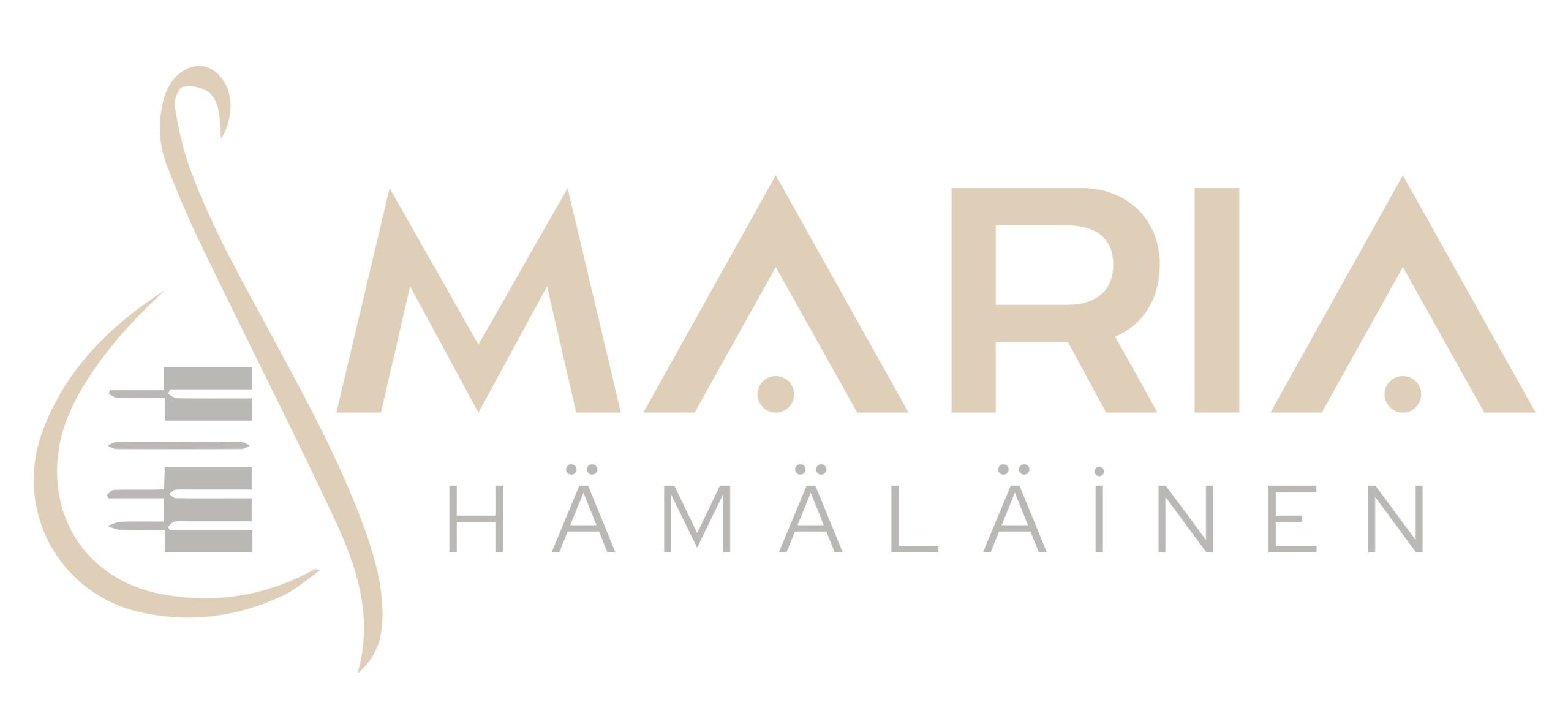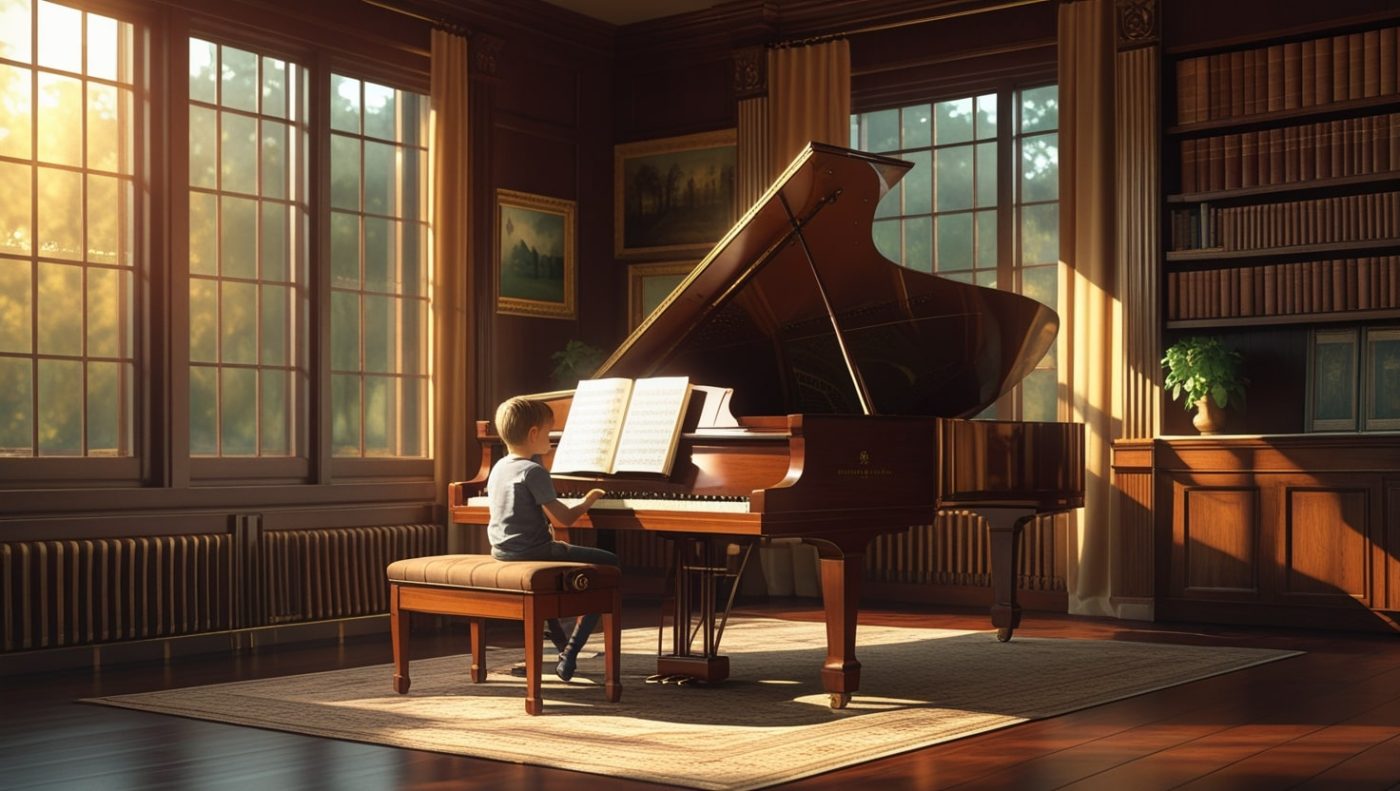Dear Parents,
When it comes to classical piano education, two things are certain: the path to mastery is long, and the journey is not always rewarding.
Surprised?
Wondering if it’s even logical?
Good news: your curiosity is based on solid reasoning.
classical piano music education, that is a huge complex of many combinations, that consist of thousands of details and chains of reasons and their consequences, happens to be often set up on unlogical terms and conditions. This is why a journey that could be beautiful and insightful so often becomes unpleasant and battle-like.
While short-term goals like learning a new piece or mastering a scale are important, and can be achieved only with a step-by-step planning and in all senses ergonomic and sustainable pedagogy based teaching, a solid long-term plan (where parents are absolutely welcome to participate in) ensures that the young piano learner will develop a deep, sustainable relationship with music and gains the skills needed to excel over time.
Why is Long-Term Planning Essential?
Classical music, with its rich history and intricate structures, requires time and patience to truly understand and perform well. Without a clear vision for the future, it’s easy for students to feel overwhelmed by the complexity or get stuck in passive mindset. A long-term plan helps your child stay motivated, track their progress, and understand where they are heading in their musical journey, and if the current point they are in right now has the right elements to lead in the first place to the happy path of learning where potential succcess is logically tailored.
Building a Strong Foundation
The early years of piano education are crucial for establishing a strong foundation. At this stage, it’s about teaching your child the fundamentals—correct hand position, posture, rhythm, and reading music. Nothing can be overlooked, as music is a holistic entity.
While these basics might seem small in the grand scheme of things, they are essential for tackling more complex pieces later on. The more holistic the education is the stronger the musical, academic and artistic foundation of your learner will be. What does it mean in practice: besides a weekly piano lesson, it is of great importance to include a solfeggio learning that will develop music ear and reinforce music reading, singing and perceiving music – all of them essential elements of a skilled piano player. Music and movement activities, solfeggio and music theory, singing in choir – all of them will strengthen your child in terms of piano playing too with one condition:
The curriculum and teacher of all those lessons (piano lessons including) has not only teach “what”, but also “how”. Teachers you’re looking for are the ones who provide their learners with toolkit of practicing that subject:
– dicte teaching? –> how to work with dikte step by step
– rhythmic reading? –> how to work with rhythm patterns
– piano playing? –> how to unbox a big piece and to work on details
None of these are based on “talent”. None of these subjects should be taught by just giving the material to “be done”. But all of them are very firmly conditioned by conscious mindset and professional knowledge of music.
Incorporating Diverse Levels of Repertoire
A well-structured long-term plan includes gradually introducing your child to a variety of musical styles, genres and piece forms. Starting with simple pieces from beginner method books and progressing to more advanced works from the Baroque, Classical, Romantic, and Modern periods will not only help your child grow technically but also provide a rich cultural understanding of the music. Including technical exercises such as scales and etudes is essential; neglecting them can lead to significant gaps in performance, as crucial patterns that form the foundation of any piano piece are not practiced in advance. The “small condition” of this topic:
Technique is not built on exercises if ergonomic technique is not included first. The key words to research on:
- ergonomic hand shape
- firm finger tip
- relaxed palm, firm hand arch
- correct sitting on sitting bones
- wrist rotation
- alignment of whole arm, wrist and fingers
- Taubman approach
Setting Milestones and Expectations
One of the most important aspects of long-term planning is setting milestones. These are key points of progress where we celebrate what your child has achieved and set new goals. Examples include completing a particular level in their piano method book, performing in a recital, or mastering a challenging piece.
The milestone I celebrate the biggest no matter what is the level of my student is:
mindful, active, conscious and pro-active daily practicing.
Why?
Because without it any other milestone will never be permanent. As your child advances, expectations also evolve, and it’s crucial to adjust the pace accordingly and to definetly exclude any sort of external comparison to avoid frustration, losing internal motivation, or burnout.
Balancing Practice with Other Activities
Long-term planning isn’t just about practicing piano. It’s also about ensuring that your child maintains a healthy balance between their music education and other interests. Piano is a discipline, but it should also remain a source of joy. Encouraging your child to pursue other creative activities, social events, or hobbies will help them stay motivated and engaged with music. Balancing other activities with regular piano practicing is the secret behind the successful piano development.
According to the curriculum level your young learner is, piano practicing should be of daily reaularity, and conscious, active working. The more detailed time plan you can structure together with your teacher. Don’t forget the secret behind neuroplasticity:
What and how you do today (or don’t do), will be your basis to start from tomorrow.
This is why we practice every day. And this is why daily practicing should be mindful and conscious, to provide the best learning basis to build on tomorrow.
The Role of Parents in Long-Term Planning
As parents, your support is vital in ensuring that your child remains motivated and committed to their musical journey. By helping them set realistic goals yourself, creating a structured practice routine, and celebrating their efforts, you play an essential role in their musical development. It’s also important to stay in constant, constructive communication with your teacher to track progress, review goals, and adjust the plan as needed.
Final Thoughts
Classical piano education is a marathon, not a sprint. As a marathon it is indeed conditioned by the holistic well-being of the learner: physical (ergonomic technique), mental (conscious practicing), psychological (constructive feedbacks, totally toxic-free environment, long-term goals and daily practicing plans), social (quality of relationship between learner, family and the teacher). The long-term goal is not just to play the piano but to develop a lifelong skills, affection and understanding of music. With patience, consistent practice, and a clear plan, your child can make beautiful, meaningful progress in their musical journey.
If after reading this newsletter some questions arose regarding your young piano learner’s education planning, feel free to reach me via email – mariamusiceducation@gmail.com– or instagram – @mariamusique
Warm regards,
Maria Hämäläinen Sermet

